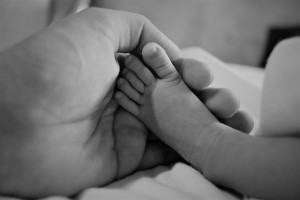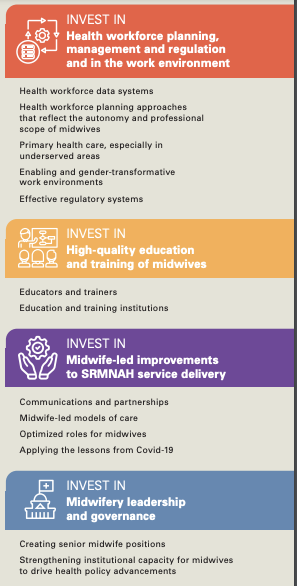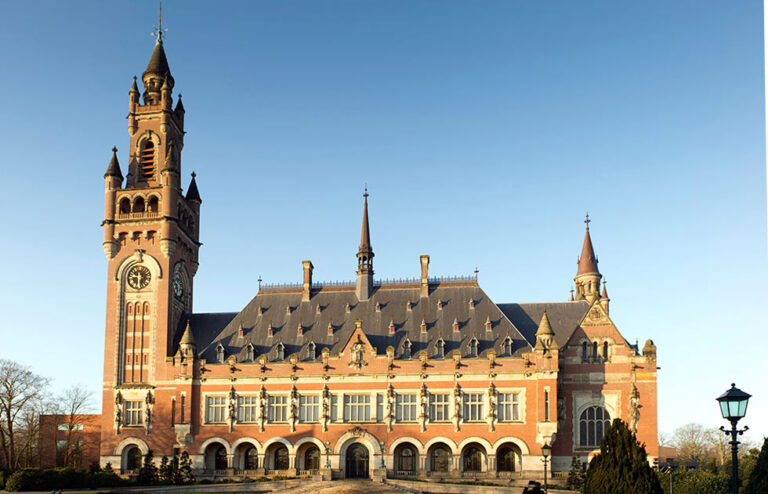
Fully investing in midwives by 2035 would avert roughly two-thirds of maternal, newborn deaths and stillbirths, saving 4.3 million lives per year
UNITED NATIONS, New York: The world is currently facing a shortage of 900,000 midwives, which represents a third of the required global midwifery workforce. The COVID-19 crisis has only exacerbated these problems, with the health needs of women and newborns being overshadowed, midwifery services being disrupted and midwives being deployed to other health services.
The shortage results in millions of lives of women and newborns lost, and millions more experiencing ill health or injury. There is therefore an urgent need to recognised and prioritize the needs of pregnant women and skills of midwives, according to the State of the World’s Midwifery (SoWMy) 2021, by UNFPA (the UN sexual and reproductive health agency), WHO (World Health Organization), International Confederation of Midwives (ICM) and partners, which evaluates the midwifery workforce and related health resources in 194 countries.
The report, launched today, presents findings on the Sexual, Reproductive, Maternal, Newborn and Adolescent Health (SRMNAH) workforce from 194 countries. In fact it establishes a global shortage of 1.1 million SRMNAH workers, the largest shortage (900,000) being midwives.
In the face of Covid-19-related restrictions and overburdened health systems, midwives have become even more vital for meeting the sexual and reproductive health needs of women and adolescents, Amina Mohammed, Deputy Secretary General of the UN writes in the foreword of the report.
However, many countries, including high-income countries, are forecast to lack sufficient SRMNAH workers to meet demand by 2030. Covid-19 has reduced health workforce availability, and access to SRMNAH services in a safe environment needs to be prioritised despite the pandemic. “Left behind” groups require special attention to ensure their access to care from qualified practitioners.
At current rates, the SRMNAH workforce is projected to be capable of meeting 82% of the need by 2030: only a small improvement on the current 75%. The gap between low-income countries and high- and middle-income countries is projected to widen by 2030, increasing inequality.
“The State of the World’s Midwifery report sounds the alarm that currently the world urgently needs 1.1 million more essential health workers to deliver sexual, reproductive, maternal, newborn and adolescent health care, and 80 per cent of these missing essential health workers are midwives. A capable, well-trained midwife can have an enormous impact on childbearing women and their families – an impact often passed on from one generation to the next,” Dr. Natalia Kanem, UNFPA Executive Director, said.
 An analysis conducted for this report, published in the Lancet last December, showed that fully resourcing midwife-delivered care by 2035 could avert 67 per cent of maternal deaths, 64 per cent of newborn deaths and 65 per cent of stillbirths. It could save an estimated 4.3 million lives per year.
An analysis conducted for this report, published in the Lancet last December, showed that fully resourcing midwife-delivered care by 2035 could avert 67 per cent of maternal deaths, 64 per cent of newborn deaths and 65 per cent of stillbirths. It could save an estimated 4.3 million lives per year.
Despite alarms raised in the last State of the World’s Midwifery report in 2014, which also provided a roadmap on how to remedy this deficit, progress over the past eight years has been too slow. The analysis in this year’s report shows that, at current rates of progress, the situation will have improved only slightly by 2030.
“As autonomous, primary care providers, midwives are continually overlooked and ignored. It’s time for governments to acknowledge the evidence surrounding the life-promoting, life-saving impact of midwife-led care, and take action on the SoWMy report’s recommendations,” Dr. Franka Cadée, President of the International Confederation of Midwives, said.
 Gender inequality is an unacknowledged driver in this massive shortage. The continued under-resourcing of the midwifery workforce is a symptom of health systems not prioritizing the sexual and reproductive health needs of women and girls, and not recognizing the role of midwives – most of whom are women – to meet these needs. Women account for 93 per cent of midwives and 89 per cent of nurses.
Gender inequality is an unacknowledged driver in this massive shortage. The continued under-resourcing of the midwifery workforce is a symptom of health systems not prioritizing the sexual and reproductive health needs of women and girls, and not recognizing the role of midwives – most of whom are women – to meet these needs. Women account for 93 per cent of midwives and 89 per cent of nurses.
Midwives do not just attend births. They also provide antenatal and postnatal care and a range of sexual and reproductive health services, including family planning, detecting and treating sexually transmitted infections, and sexual and reproductive health services for adolescents, all while ensuring respectful care and upholding women’s rights. As numbers of midwives increase, and they are able to provide care in an enabling environment, women’s and newborns’ health improves as a whole, benefitting all of society.
“Midwives play a vital role in reducing the risks of childbirth for women all over the world, but many have themselves been exposed to risk during the COVID-19 pandemic. We must learn the lessons the pandemic is teaching us, by implementing policies and making investments that deliver better support and protection for midwives and other health workers. This report provides the data and evidence to support WHO’s longstanding call to strengthen the midwifery workforce, which will deliver a triple dividend in contributing to better health, gender equality and inclusive economic growth,” Dr. Tedros Adhanom Ghebreyesus, WHO Director-General, said.
For midwives to achieve their life-saving and life-changing potential, greater investment is needed in their education and training, midwife-led service delivery, and midwifery leadership. Governments must prioritise funding and support for midwifery and take concrete steps to include midwives in determining health policies.
The launch of the 2021 State of World’s Midwifery report includes policy recommendations to improve sexual, reproductive, maternal, newborn and adolescent health service delivery and midwifery leadership and governance. These policy recommendations will be the subject of a meeting of health ministers on May 18 and a dialogue at the 74th World Health Assembly (May 24 ), where WHO Member States are anticipated to adopt the evidence-based Global Strategic Directions for Nursing and Midwifery 2021-2025 with a Resolution on nursing and midwifery.
– global bihari bureau





